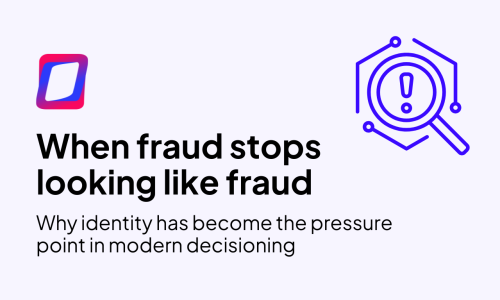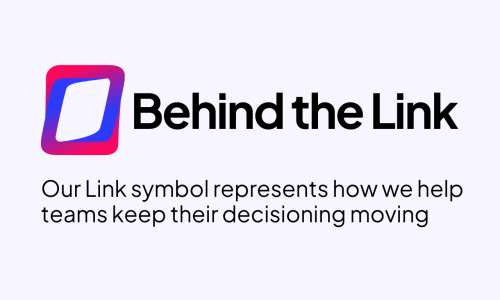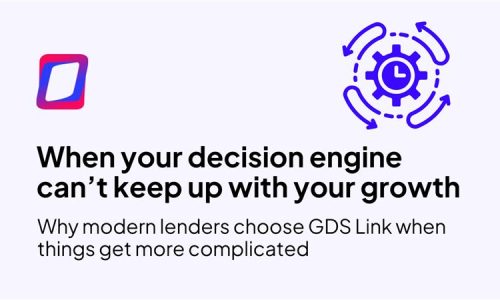When Free Data Disappears: The Real Cost of Open Banking in 2025
Open banking has been dominating conversations across the financial services space. With new regulations, rising API costs, and a surge of data flowing between banks and fintechs, it is no longer just a trend; it has become a reality. It is a fundamental shift in how financial infrastructure operates.
What’s Actually Driving Open Banking Right Now?
Open banking is not something to prepare for in the future. It is already here and actively reshaping how credit decisions are made. In 2025, more than 470 million people worldwide are using open banking services. That number is projected to reach 600 million by 2027, according to CoinLaw. In the United States, 52 percent of adults already use at least one open banking-powered service.
It has gone mainstream. But widespread adoption does not make it simple.
Access Is No Longer Free and That Changes the Game
What began as a movement for consumer access and innovation is now evolving into a revenue stream. Many financial institutions are introducing fees for data access. Pricing tiers, rate limits, and updated API terms are becoming the norm. These changes are reshaping the economics of credit modeling, especially in real time.
With more than 6.7 billion API calls occurring globally each month, even small cost increases can have a significant ripple effect. For lenders, the critical question is whether this data is being used effectively.
The Value Is Still There If You Know Where to Look
Despite the shift in cost, the benefits of open banking are clear. CoinLaw reports that lenders using open banking data experience 22 percent lower default rates. In markets with real-time data access, loan approvals are 43 percent faster.
The issue is not access to data but what to do with it. Transaction feeds are often noisy and inconsistent. GDS Link’s Open Banking Attributes help turn that raw data into over 1,000 standardized, model-ready insights. Lenders can identify patterns in income, expenses, and account volatility using structured and transparent inputs.
Regulations Are Catching Up and Adoption Is Accelerating
Around the world, regulators are driving forward the adoption of these technologies. In the United Kingdom, 95 percent of banks participate in the national open banking initiative. In India, over 150 million data consents were processed in a single quarter. The United States is next, with the CFPB expected to finalize Section 1033 rules this year.
Instead of slowing progress, regulation is creating clarity and removing barriers to adoption.
What Lending Teams Should Be Doing Right Now
Most lenders do not need a full system overhaul to start seeing benefits. Running side-by-side tests between existing models and those using open banking attributes such as spending behavior or income stability can quickly reveal areas of improvement.
With GDS Link, this kind of testing is built in. Credit teams can measure the value of open banking data without a long implementation cycle or full rebuild.
Open Banking Is Not the Future. It Is Right Now.
Open banking is a global, fast-growing, and increasingly commercialized sector. For lenders prepared to invest wisely, it remains a powerful way to reduce risk, speed decisions, and deliver better experiences. The future belongs to those who act, not just access data.
GDS Link transforms data chaos into clear decisions for financial institutions. In today’s credit landscape, action, not just access, drives results.
See How GDS Link Helps
GDS Link’s Open Banking Attributes turn fragmented data into actionable insight with:
- Over 1,000 standardized and enriched attributes
- Real-time income, spending, and volatility trends
- Transparent scoring logic with no black-box risk
- Easy integration into your existing credit strategy
Ready to see how it works?
Talk to our team or request a walkthrough of GDS Link’s Open Banking Attributes today.
Recent articles

When Fraud Stops Looking Like Fraud
Read article
Behind the Link
Read article





